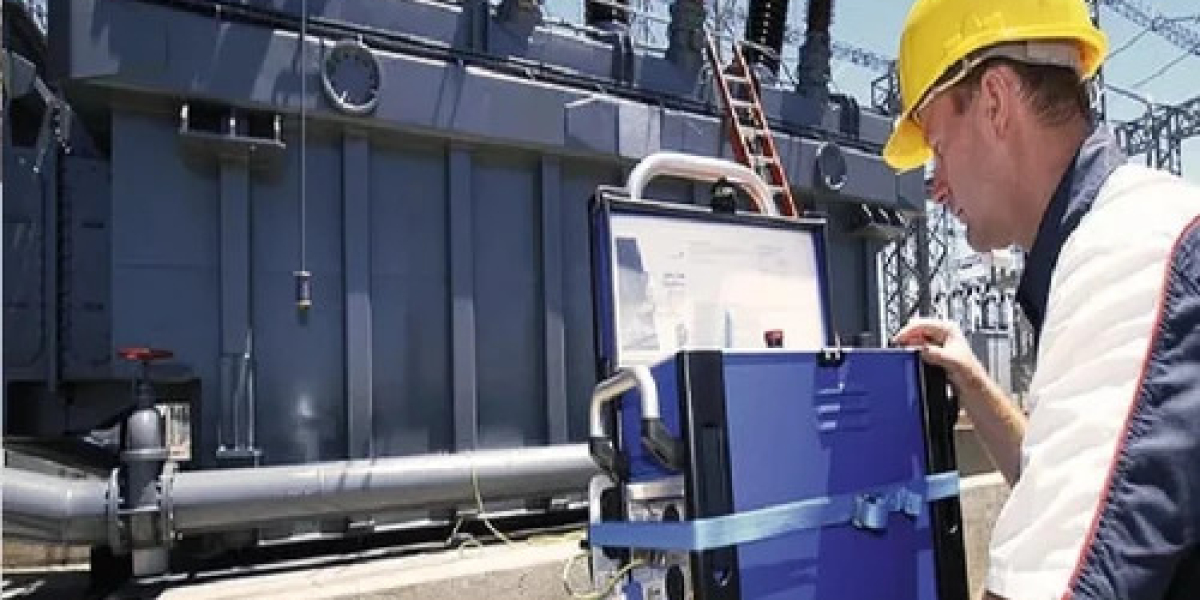Electricity is the backbone of modern society, powering everything from homes and hospitals to industries and transport networks. While transmission lines often take the spotlight, the real magic of power distribution happens in substations. Among them, secondary substations play a vital role in stepping down high-voltage electricity for safe distribution to end users.
In Australia, where reliable energy infrastructure is essential for both urban and rural development, secondary substation design is more than just engineering—it is a blend of safety, efficiency, and innovation. This blog explores how secondary substations are designed, why they matter, and what role they play in ensuring Australia’s power grid remains dependable.
What is a Secondary Substation?
A secondary substation is the link between high-voltage transmission networks and the lower-voltage systems that deliver electricity to homes, businesses, and industries. In simple terms, it converts electricity from transmission levels (often 33kV or higher) down to distribution levels (11kV, 6.6kV, or 415V).
Unlike primary substations, which step electricity down directly from transmission to medium-voltage, secondary substations are often located closer to consumers, making them crucial for:
- Safe Voltage Conversion
- Fault Management
- Load Balancing
- Reliable Power Supply
Key Elements of Secondary Substation Design in Australia
Designing a secondary substation requires careful planning to meet both technical and regulatory standards. Some of the core design elements include:
1. Transformer Selection
The heart of any substation is the transformer. In Australia, transformers are selected based on load demand, future growth, and efficiency requirements. Energy-efficient transformers not only reduce losses but also lower environmental impact.
2. Protection & Relay Systems
A robust relay system ensures that faults are detected and isolated quickly. Integration with relay testing and commissioning services guarantees that these protective devices perform accurately under real-world conditions.
3. Switchgear & Circuit Breakers
High-quality switchgear ensures safe control and protection of electrical circuits. Proper selection of circuit breakers is critical for handling fault currents and maintaining safety standards.
4. Safety & Compliance
Australian substations must meet strict standards set by organizations like Standards Australia and comply with national energy regulations. Safety features such as earthing, fire protection, and physical security are integral to design.
5. Scalability & Future-Proofing
With the rise of renewable energy, substations must be designed to accommodate solar and wind power integration. Flexibility in design allows secondary substations to evolve with Australia’s growing energy needs.
Why Secondary Substation Design Matters in Australia
Australia faces unique energy challenges—vast distances, diverse climates, and the increasing need for renewable integration. Well-designed secondary substations address these challenges by ensuring:
- Energy Reliability: Reducing outages and ensuring consistent electricity supply.
- Operational Safety: Protecting personnel, equipment, and the public from electrical hazards.
- Cost Efficiency: Minimising transmission losses and optimising resource allocation.
- Sustainability: Supporting renewable energy projects and reducing carbon footprint.
Role of HV Testing & Commissioning in Substation Success
No substation design is complete without rigorous testing and commissioning. HV testing and commissioning in Australia ensures that transformers, cables, and switchgear perform reliably under operational stresses. This includes:
- Insulation resistance testing
- High-potential (Hi-Pot) testing
- Partial discharge analysis
- Circuit breaker performance testing
These processes work hand in hand with relay testing and commissioning to validate system integrity, guaranteeing that substations not only look good on paper but perform flawlessly in reality.
The Shift Towards Smart Substations
The future of secondary substation design in Australia is moving toward digitalisation and automation. Smart substations are being equipped with IoT sensors, advanced monitoring tools, and real-time data analytics. These upgrades allow utility providers to predict faults before they occur, improve energy efficiency, and integrate renewable energy more seamlessly.
Some innovations include:
- Remote Monitoring – Technicians can track equipment performance without being on-site.
- Data Analytics – Using AI and predictive tools to forecast potential failures.
- Sustainable Materials – Incorporating eco-friendly designs to support Australia’s climate goals.
Challenges in Secondary Substation Design
While the opportunities are vast, designing secondary substations comes with challenges:
- Aging Infrastructure – Upgrading older substations without disrupting supply.
- Cost Management – Balancing budget limitations with advanced technologies.
- Renewable Integration – Handling variable outputs from wind and solar farms.
- Safety Risks – Ensuring strict compliance with Australian safety regulations.
Overcoming these challenges requires collaboration between engineers, regulators, and utility providers.
Conclusion
From blueprint to reality, secondary substation design in Australia is a cornerstone of modern electrical infrastructure. By ensuring safe voltage conversion, fault management, and scalability, these substations support both present and future energy demands.
Coupled with relay testing and commissioning and HV testing and commissioning, well-designed substations guarantee the safety, reliability, and efficiency of Australia’s power systems. As the country continues to embrace renewable energy and smart grid technologies, secondary substations will remain at the heart of delivering secure and sustainable electricity to millions of Australians.
For industries, businesses, and communities, investing in advanced substation design is not just about technical compliance—it is about building a resilient and future-ready energy network.

















